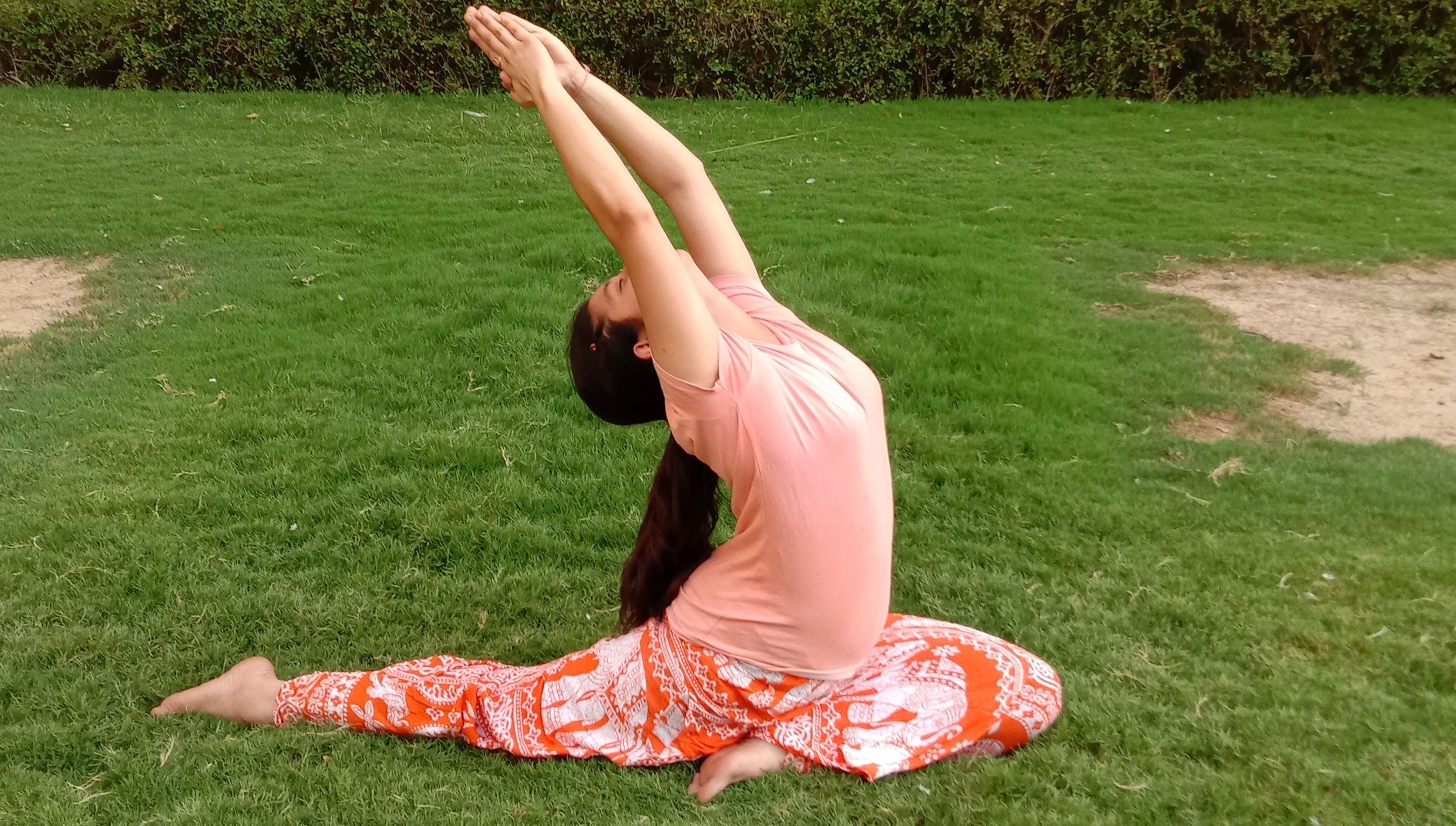How do Yogásanas help in diabetes mellitus? In diabetes mellitus we use those ásanas which need to bring deep rest to the pancreas and release the práïa blocks.
India is world’s diabetes capital. This disease is lifelong and it leads to secondary complications like Heart attack, Eye problem, Kidney failure, Foot problem, Nervous problem etc. Diabetes is not a diseases, but a life style related condition, owing to an imbalance in glucose load. It is one among numerous life style associated chronic conditions with an end result of difficulties such as early aging , blockage of small and large arteries.
India presently represents 49 % of the world’s diabetes, with an approximate 72 million cases in 2017. This number is likely to double to 134 million by 2025 (as per report 2017, November, Indian Council for Medical Research). Nowadays, the health professionals are befuddled by the speed with which diabetes is spreading. And also with its related problems such as obesity, high BP and high cholesterol, triglycerides as it is turning to be a epidemic. This phenomenon is more prominent among Indians which is attributable to rapidly changing trends of globalization and demands on coping skills leading to enormous stress.
The 4 main aspects of life style change comprise avoid smoking, having vegetarian diet, regular physical activity and managing stress. Diabetes mellitus is a condition in which glucose levels in the blood are much higher than normal and hence this condition is also commonly referred to as sugar disease. The problem in this condition is either pancreas does not create sufficient insulin or it produces adequate insulin but the body cells are unable to utilize the insulin properly.
How is stress related to life style?
1. The wrong life style that aggravates the diabetic state includes excessive indulgence
2. Eating heavy spicy, oily foods and sweets;
3. Cigarette smoking, Alcohol, non-vegetarian foods, fizzy cool drinks;
4. Sedentary lifestyle with no physical activity;
5. Excessive sleeping or loss of sleep;
6. Disturbing upsurges such as violent behavior, annoyance, dread, tension, anxious etc
Stress is both cause and result of an irregular life style. Stress is a psychological state in which one has no control over their mind. It can be noticed that all these mentioned life style are due to lack of control over one’s cravings or desires or emotions. Thus stress is the cause and the result of all the life style related erratic behaviours.
How do Yogásanas help in Diabetes Mellitus?
Yogásanas are good approaches to give deep rest to different organs of body. This is achieved by performing the postures as per the two major hints given by Patanjali. Yogásanas are to be in some positions with ease and for some time (Sthira Sukham Ásanam). In the first step of learning the final position of different postures, it is the surface (limb and trunk) muscles that are stretched or contracted to achieve the final posture. After reaching absolute posture, continue to second step where it relaxes all the redundant contractions by Prayatna Ùaithilya (liberate all effort).
In this phase be conscious of all parts of the body and check that all muscles are relaxed also notice that many unnecessary muscles such as those of face, neck, back, arms and thighs were all tightened. Once all these muscles are relaxed except muscles that needs to maintain the final posture, then practice will improve further. This requires less energy and helps to maintain for longer duration without exhaustion. At this point, concentration would have already shifted to the intra-abdominal organs. Third stage is Anantasamápatti (expanded consciousness) at the point of stretch or pain.
Person can visualize a feeling of expansion, diffusion and ‘let go’ without changing the final posture. This is similar to moving from Dháraïá to Dhyána. In the first phase attention is completely focussed on the point of pain (Dháraïá) and in the next phase defocus or expand or merge in surrounding space and become one with the 3D awareness of the complete body assuring free flow of a particular thought on the stretched zone (Dhyána). In Diabetes mellitus using those ásanas which need to bring deep rest to the pancreas and release the práïa blocks. Hence the ásanas used under special techniques for Diabetes mellitus either stretch, compress, or twist the abdominal area, so that one may bring awareness to the pancreatic area, focus and then defocus to relax pancreas.
Rising Prevalence of Diabetes:


But a tragedy looms in India. Traditional plant-based diets are under assault by Western tastes. Meat, cheese, and fast foods are increasingly popular, and the growing appetite for these unhealthful products has already begun to damage public health. Rates of type 2 diabetes and other chronic diseases have skyrocketed. Experts estimate that India will become the diabetes capital of the world by the year 2025 with 57 million people with diabetes. The good news is that these numbers could be reduced if India transitions back to a simple plant-based diet.
According to new research, a low-fat vegan diet can help prevent and even reverse type 2 diabetes. In a long-term clinical trial published in May in the American Journal of Clinical Nutrition, researchers found that a plant-based diet helps people with diabetes lose weight and improve their blood sugar and cholesterol. The low-fat vegan diet helped many study participants improve insulin sensitivity and reduce or eliminate their medications. That a low-fat vegan diet is an effective approach to type 2 diabetes. Some studies have shown that a low-fat vegan diet also reduces the risk of heart disease, obesity, and some cancers.
In India at present more than 5.6 crore people are suffering from Diabetes, more than 5 crore are not aware that they have Diabetes, due to non medical check up. Still more than 10 crore people are in line for Diabetes due to Obese, Stress/Tension, Life style, Hereditary, Worrying for small things etc. If not managed/controlled properly on time, Diabetes leads to primary and secondary complications like heart problem, kidney malfunctioning, Paralysis, Retinopathy, Neuropathy etc. According to a Survey by International Diabetics Federation, it is seen that India is having more number of Diabetics in the World. It is scientifically proved that diabetes can be effectively managed with wonderful results through Yoga Therapy.


Dr. H.R. Nagendra -Vice-chancellor
Swamy vivekananda yoga anusandhana university (SVYASA)
Swami Vivekananda Road, Kalluballu Post, Anekal, Jigani,
Bengaluru- 560105
Phone: 080 2263 9968











